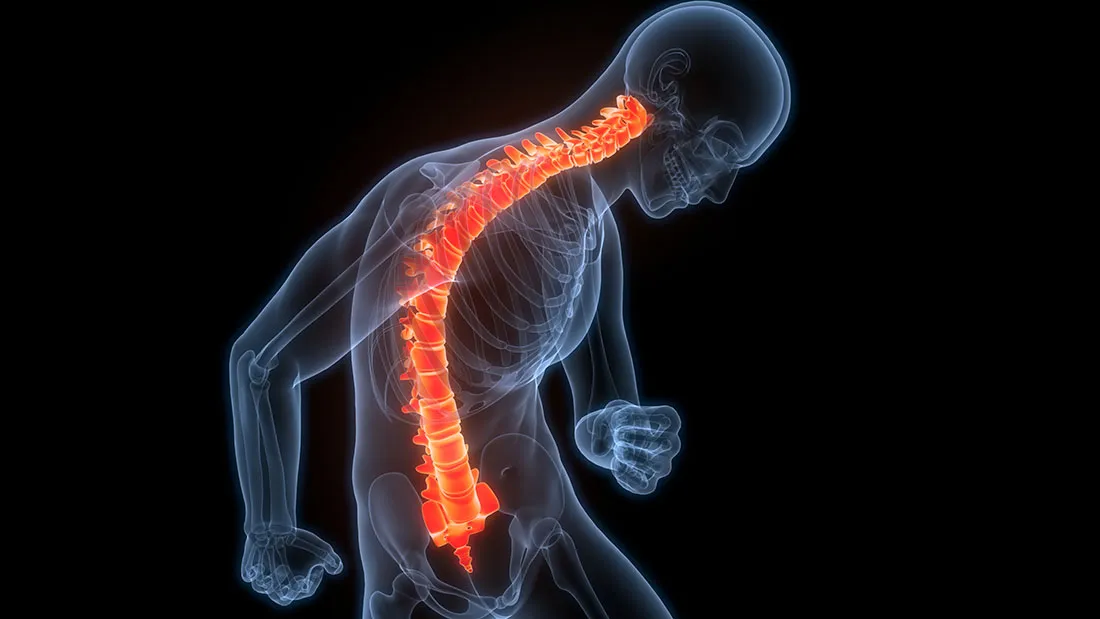(November, 2024) Researchers at The Miami Project and the Department of Neurological Surgery at the University of Miami Miller School of Medicine are advancing a groundbreaking therapy to treat peripheral nerve injuries: Schwann cells. Normally, these specialized neural cells protect and sometimes regenerate axons, the nerve cell components that carry electrical signals, but scientists are re-tasking them as a therapy.
Allan Levi, M.D., Ph.D., professor and chairman of neurological surgery at the Miller School, Shelby Burks, M.D., assistant professor of neurological surgery at the Miller School, and colleagues, have been working to perfect therapeutic Schwann cell infusions. Their efforts are showing great promise. In some cases, patients who could barely walk have reclaimed near-normal function.
The group has received a $1.5 million grant from the Department of Defense (DOD) and is currently recruiting patients for a clinical trial to determine if Schwann cells can effectively regenerate the peripheral nerves that send signals to the arms and legs.
What are Schwann cells and how are you using them?
Dr. Levi: Schwann cells insulate nerves in the peripheral nervous system, and they’ve been shown to help regenerate both peripheral nerves and central nerve axons. We think they offer a great therapeutic strategy to repair a damaged nervous system.
We remove the cells from peripheral nerves during a biopsy. We isolate and culture the cells for three or four weeks and ultimately re-infuse them into the patient. We’ve done this in around 25 patients over the past 10 years.
Once we’ve cultured the cells in our GMP facility, we put them in suspension and inject them into the patient. We use a small syringe to place them at the repair site. These cells don’t migrate far, so they generally stay where we put them. We also transplant the patient’s sural nerve, a small, sensory nerve that’s expendable.
What does the early research show?
Dr. Levi: There have been two major trials in spinal cord injury: one for subacute and the other for chronic injuries. Schwann cells were proven safe and showed some mild benefits in both trials. However, if we’re going to use them to treat spinal cord injuries, it will most likely be in concert with other therapies.
The results have been quite different in peripheral nerve injuries. We transplanted our first patient in 2015 and have treated several people since. At least two-thirds have shown dramatic improvement. These patients with severe peripheral nerve injuries don’t have good solutions, and we are quite optimistic that this treatment can help them.
Dr. Burks: The current DOD-funded trial is looking at traumatic peripheral nerve injuries in the arms or legs. Usually, there’s a large gap between the two nerve ends, five or more centimeters. We have to use something to fill that gap, either a nerve from the patient or some synthetic material, and then we infuse the Schwann cells.
Typically, patients do not recover much function after these peripheral nerve injuries, so we’ve been quite pleased to see that Schwann cells seem to be helping.
Tell us about an early success.
Dr. Levi: A young patient, Annalisa, was referred to us from Georgia after sustaining a devastating injury in her right leg during a car accident. A wooden fence post transected her valve nerve and femoral artery, so it was touch and go for awhile.
She had zero quadricep use in that leg, which was just a devastating loss. The quadricep is probably the most important muscle for walking because it allows us to kick our legs forward. Without a working quadricep, we couldn’t walk because we couldn’t stabilize our knee.
She had been in therapy for several months but had not recovered significant function. We conducted the procedure in 2019, and we’ve been following her progress ever since.
It’s a slow recovery. The nerve only regenerates about a millimeter a day. She was stable after the first year but hadn’t really regained any function. Her first evidence of recovery came about 14 months after surgery, and then she just got stronger and stronger.
Now, she’s five years out and almost back to normal. She’s participating in sports and doesn’t require an assistive device anymore. We are really excited about her recovery, both for her wellbeing and the possibilities for other patients.
What’s next for this work?
Dr. Burks: In the lab, we’ve been looking at implanting synthetic conduits, which would give the cells a scaffold to grow on. The sural nerve is the gold standard for this work, but it has limitations. We can run out of nerve to transplant, and that has been a problem. We think adding Schwann cells to synthetic scaffolds could be the answer for traumatic peripheral nerve injuries.
By: Josh Baxt – Miller School link

